Abu Dhabi is the capital of the United Arab Emirates and beautifully located on the coast along the Persian Gulf. The city is characterized by the opportunities that come from the country’s huge oil revenues, and the many modern buildings, museums and activities can do nothing but impress tourists.
Abu Dhabi is a city where ancient culture meets the modern world. From the cultural Heritage Village, where the time has gone back to life before the oil economy, you can see the city’s skyline and majestic skyscrapers as a contrast.
In Abu Dhabi, there are great sights within the arts, culture and entertainment. The Emirates has successfully established international collaborations and, among other things, established Louvre Abi Dhabi, Warner Bros World and Ferrari World as major attractions.
There are several museums, and among the city’s other cultural sights stands the 18th-century fortress of al Hosn and the colossal mosque, the Grand Mosque, built with distinguished design and exquisite materials. And then the many shopping malls and tasty dining options in the city form another part of modern daily life in Abu Dhabi.
Abu Dhabi is centrally located in the United Arab Emirates and there are several excursions to enjoy from the city. The Emirates’ largest city, Dubai, is a short drive from Abu Dhabi, and a trip to the oasis city of Al Ain or along the beautiful beaches of the Emirate of Fujairah are also unforgettable and within relatively short driving distances.
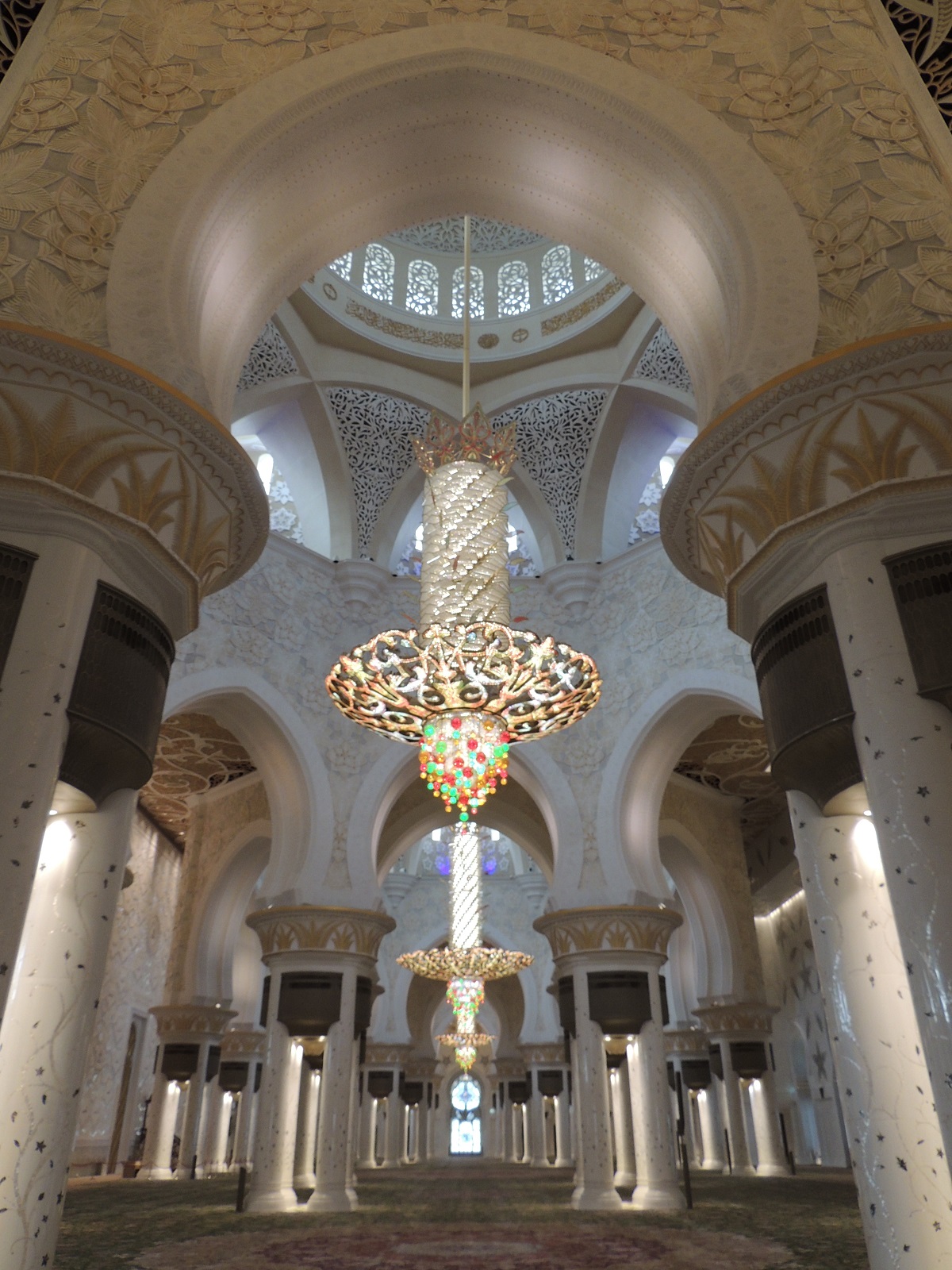
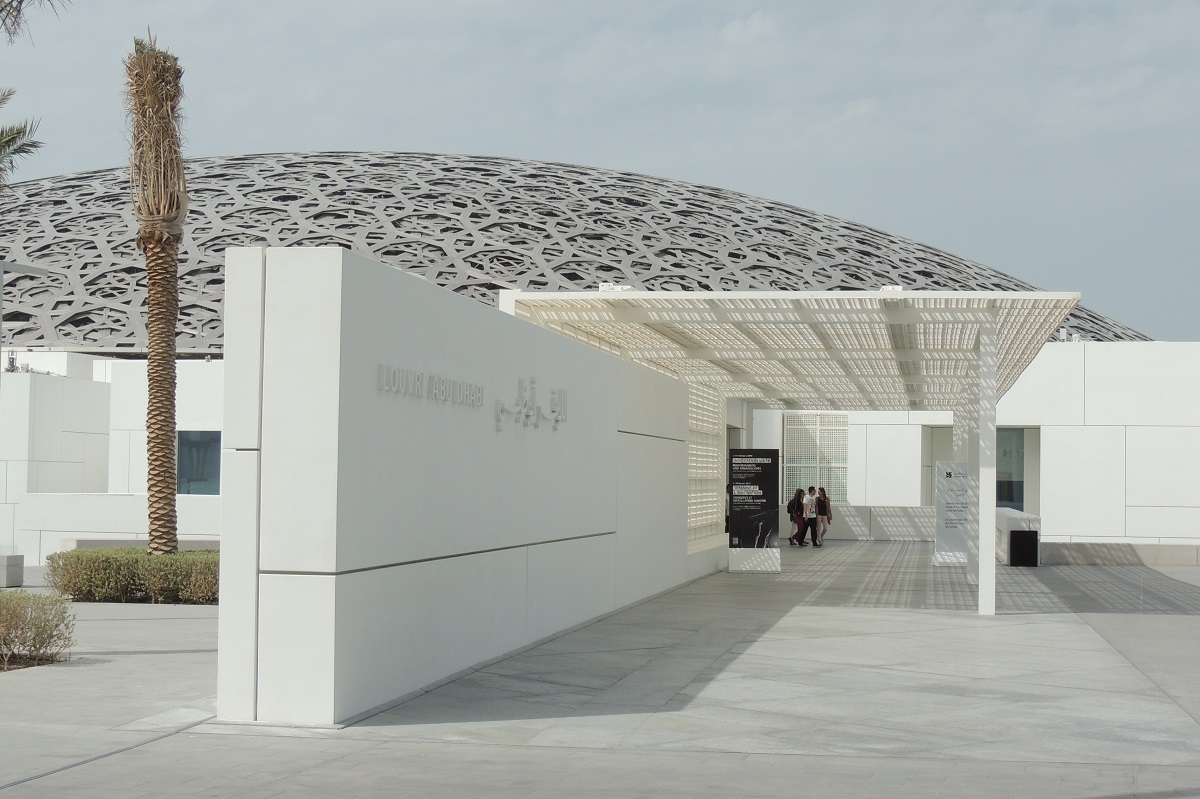
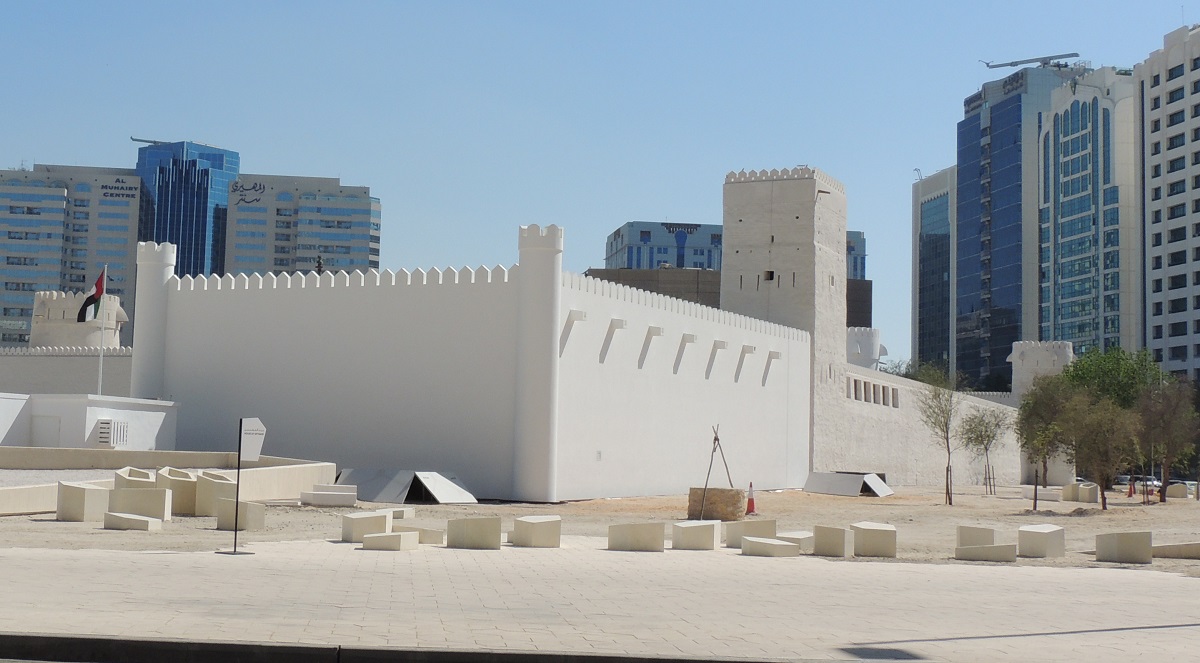
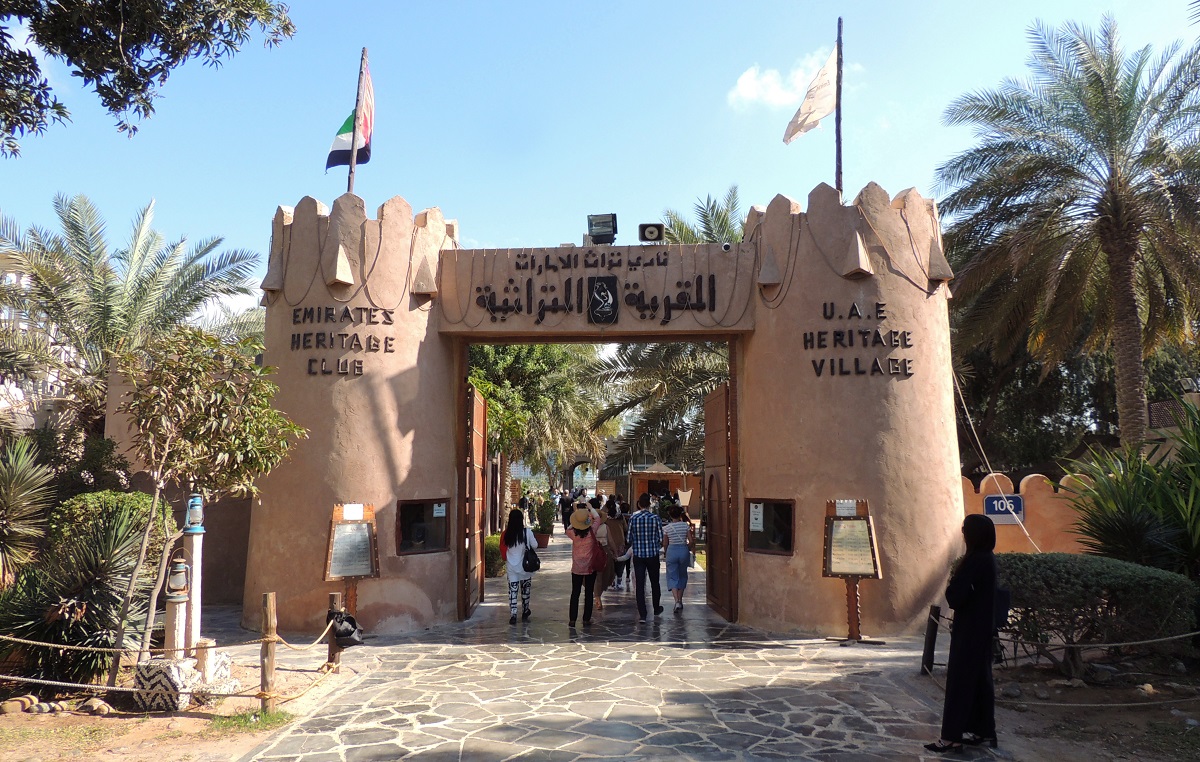
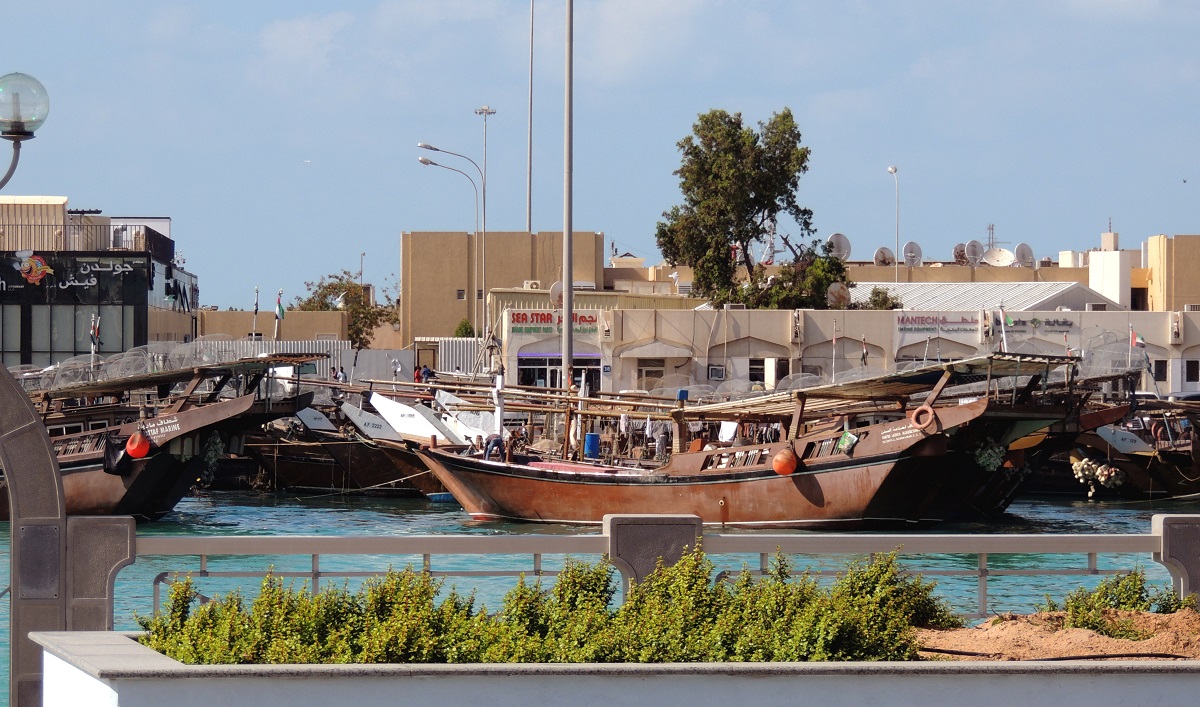
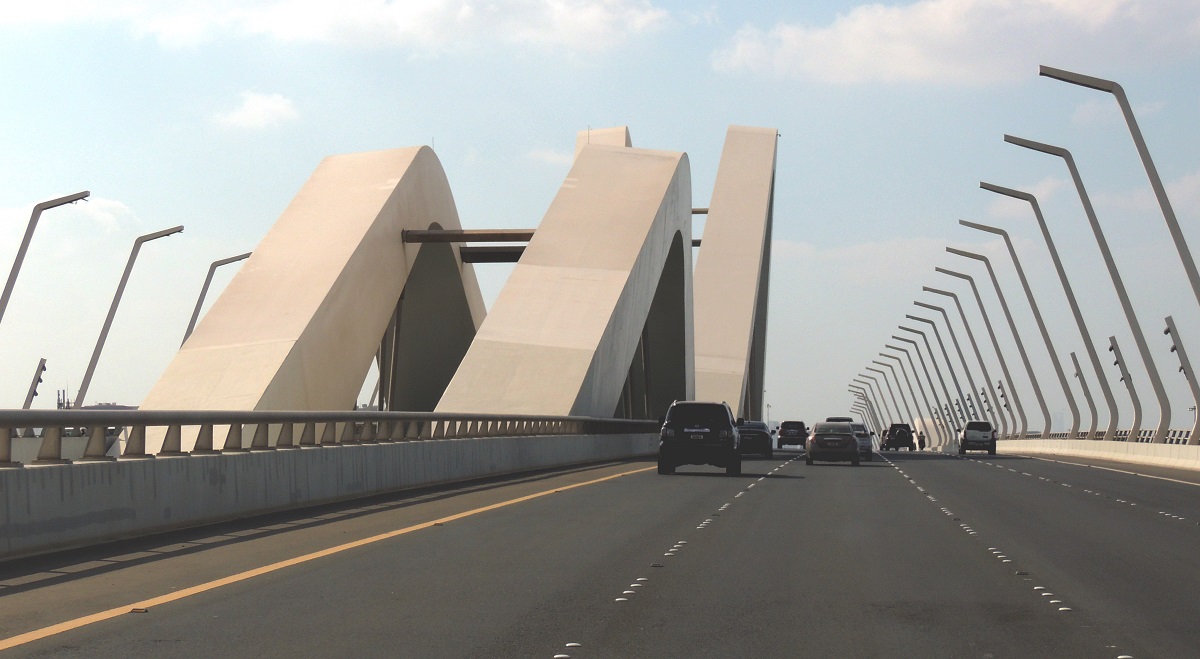
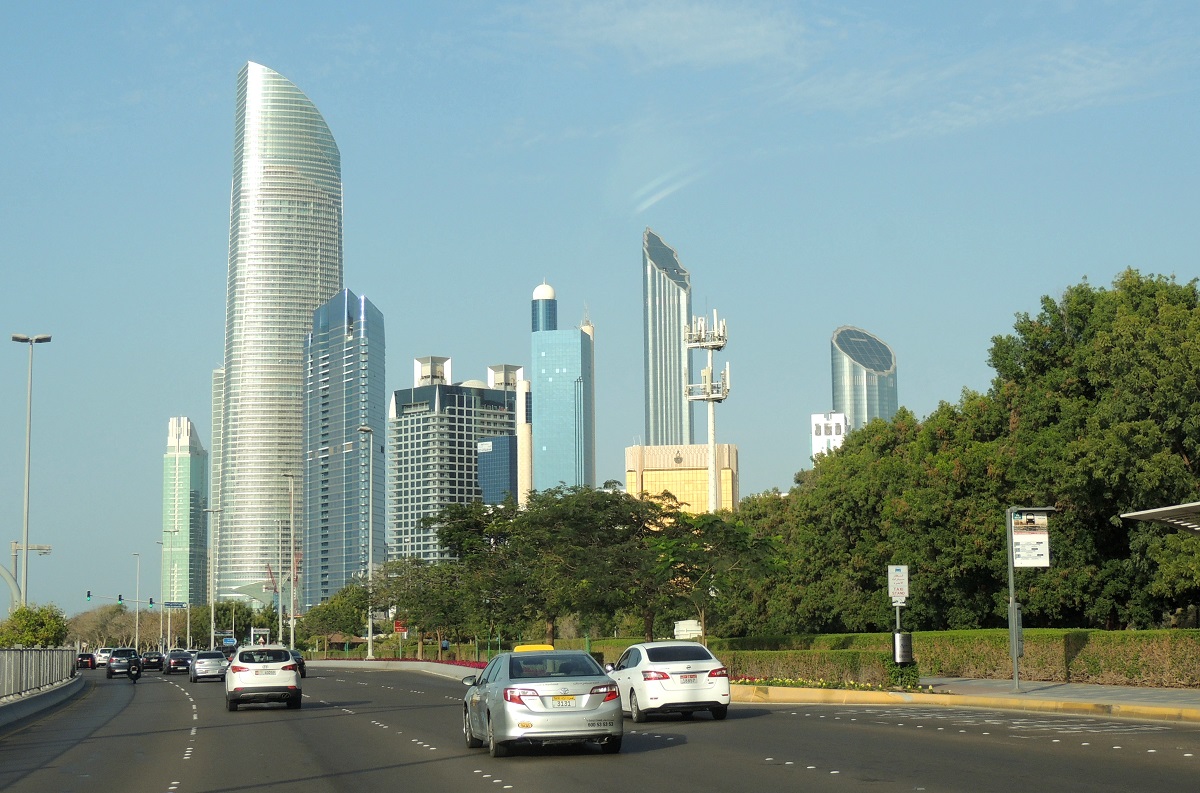
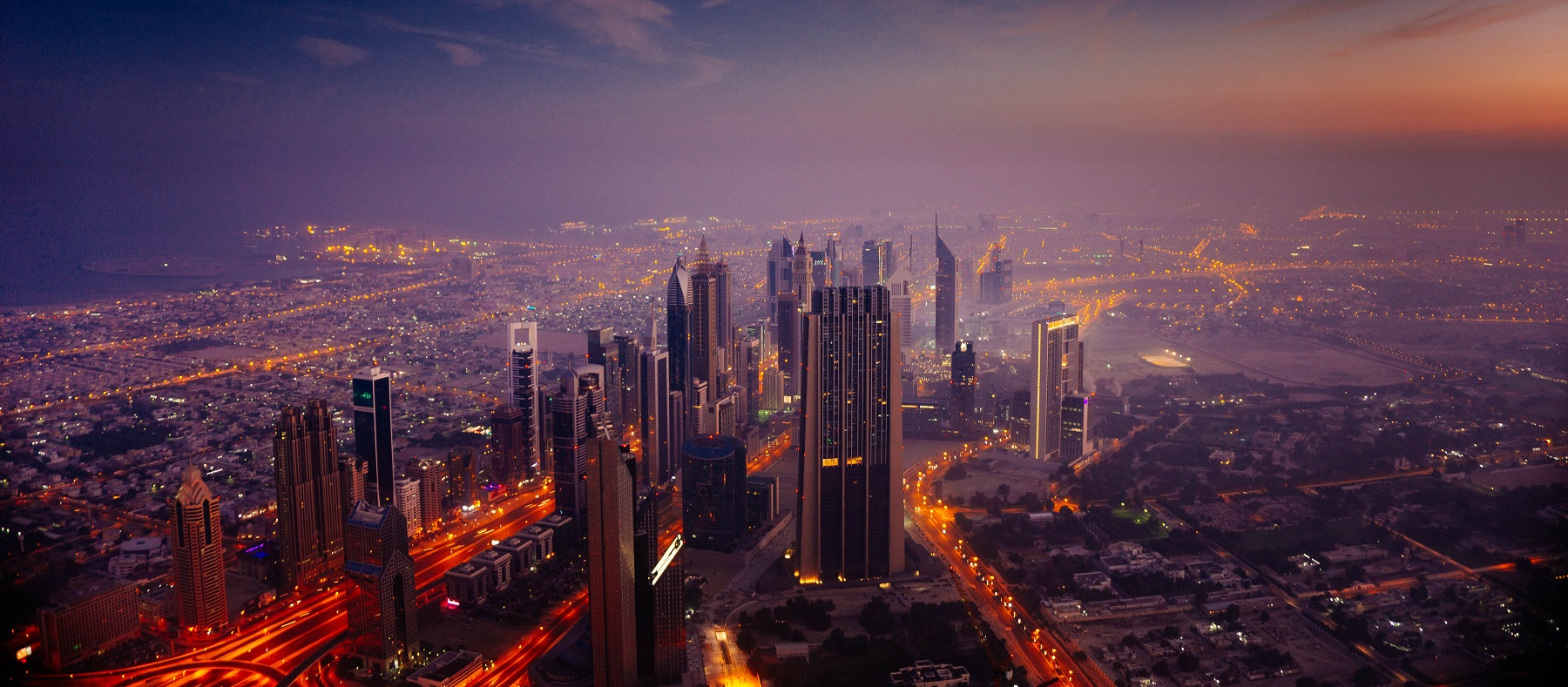
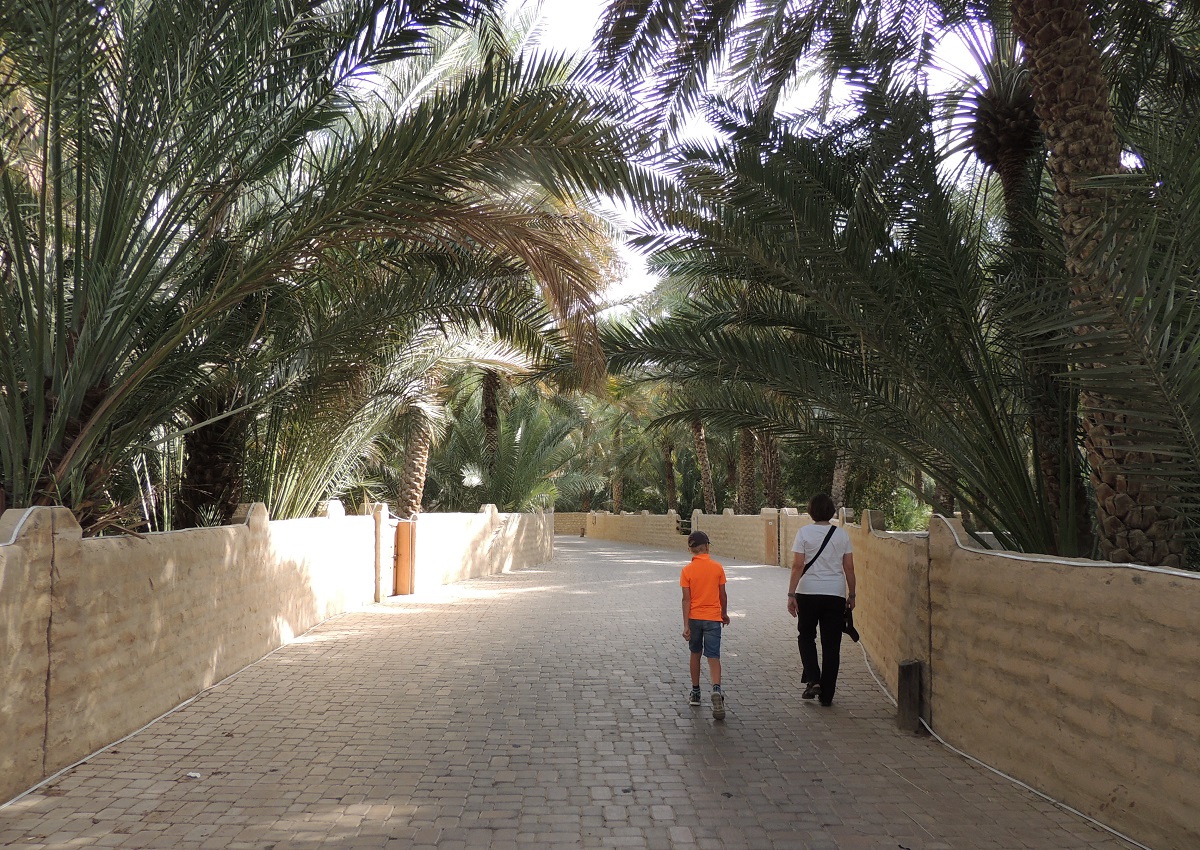
Early History
The Arabian Peninsula is, with large desert areas, an often inhospitable place to live. Over time, Bedouins have settled on freshwater oases and developed village communities in these places. One of the larger oasis areas was located at Liwa inland of what is today the United Arab Emirates.
Abu Dhabi’s history began in the late 18th century, when the Al Bu Falah branch of the Bani Yas Bedouin from the Liwa Oasis just settled on the island of Abu Dhabi on the Persian Gulf. The reason was that freshwater resources had been found here. They migrated in 1793, and one of the migrant families was the leader Al Nahyan, who remains the ruler of the emirate today.
Pearl Trade and British Interest
Abu Dhabi became one of the places where pearl trade was carried out along the Persian Gulf. The gulf was reportedly the best place for pearl fishing, and local fishing made several dives a day without modern aids. The divers were paid a share of the revenue for a whole season, and this life and trade was the hallmark of early Abu Dhabi.
The waters around the Arabian Peninsula were called the Pirate Coast in the 19th century due to an extensive piracy that took place against not least ships between Europe and Asia. Britain had great and valuable interests to protect with the colony of India and the traffic between Indian and British ports.
To counter the ravages of pirates, the United Kingdom signed a series of treaties with leaders of Arab states along the Persian Gulf, thus becoming the British sphere of interest as a protectorate of 1892. It managed to minimize the pirates’ attacks and thereby protect their voyages. However, British interest developed strategically with 20th century oil discoveries in the region.
Oil discovery
Pearl fishing and pearl trade accounted for a portion of Abu Dhabi’s revenue and activities throughout the 19th century and early 1900s, when over 4,000 boats were active along the coasts. However, the previously so lucrative trade declined markedly from the 1930s, when international interest in the region’s oil resources increased significantly.
In 1936, sheik Shakhbut bin Sultan al Nahyan signed an agreement with the company Petroleum Development (Trucial Coast) Ltd. on the right to oil exploration in Abu Dhabi. This first agreement was followed in 1939 by a 75-year concession agreement. The agreement was for land exploration.
Offshore exploration also became more important and possible over the years, and in 1953 British Petroleum Exploration Company, D’Arcy Exploration Company, signed an offshore agreement. A few years later, the first oil was found in the Emirates, and in 1960 production started from the Murban-3 plant, the first onshore oil production. However, drilling continued and a 112 kilometer long pipeline was constructed before the first oil was exported. It happened on December 14, 1963, when the first tanker sailed from new oil port facilities in Jebel Dhanna.
The Independent United Arab Emirates
Oil was produced in Abu Dhabi from the early 1960s, and that event helped the leaders of Emirates along the southern Persian Gulf discuss a union. Sheik Zayed bin Sultan al Nahyan became the head of the Emirate of Abu Dhabi in 1966, and he became a driving force in the following years association with the United Arab Emirates.
In the mid-1960s, the seven so-called TRUCIAL SHEIKHDOMS, Bahrain and Qatar were under British patronage, giving the small states political and military protection. In 1966, a debate began in the British government and the lower house that Britain could no longer protect the protectorates along the Persian Gulf. The British economy and other tasks of the British military around the world were reasons for the debate. It ended in 1968 with a declaration that Britain would withdraw from the states.
Sheik Zayed bin Sultan al Nahyan offered to pay all costs for the British military presence in the Emirates, but this was refused. Instead, the nine British protectorates sought to form a federation, which was first proposed in February 1968 following a meeting between the leaders of Abu Dhabi and Dubai. The two states had agreed on the framework for a union and the other Gulf states were invited to join the federation. All nine states initially agreed to a union, but due to political and practical disagreements, Bahrain became independent in August 1971, and Qatar followed Bahrain as an independent nation the following month.
The agreement with Britain expired on December 1, 1971, and from that date the seven emirates were independent states. Ajman, Fujairah, Sharjah and Umm Al Quwain immediately decided to join Abu Dhabi and Dubai, and Ras al-Khaimah became part of the union in early 1972. Abu Dhabi was the capital of the new country and Abu Dhabi leader became President of the Union State.
Continued oil and construction boom
Oil recovery continued to increase with the discovery of new oil fields. In 1971, sheik Zayed bin Sultan al Nahyan established the company ADNOC, the Abu Dhabi National Oil Company, which has since played a tremendous role in the development of Abu Dhabi.
From the 1970s, Abu Dhabi’s economy was increasingly driven by oil revenues, which offered the opportunity to completely rebuild the capital. Hotels, office buildings and apartment complexes were built over the following decades and Abu Dhabi developed into a modern metropolis.
In the United Arab Emirates, it was a period neighboring Dubai that became world-renowned for new buildings, shopping malls and much more that should move the emirate’s economy from oil to tourism and the service industry. Abu Dhabi followed suit and is currently undertaking huge development projects of infrastructure, neighborhoods and cultural and entertainment services.
Now it is very clear to all visitors that Abu Dhabi has evolved tremendously over the past few decades. Countless skyscrapers, internationally designed museums with the Louvre Abu Dhabi at the forefront, major shopping malls and theme parks such as Ferrari World are some of what many tourists experience.
Alongside all the new construction following the impact of oil revenues on the economy, one can glimpse the history and culture of the city through, among other things, all the Nahyan family’s 18th-century fort and traditional dhow boats. The contrasts from new to old are great and that is some of the fascination about Abu Dhabi.

Overview of Abu Dhabi
Abu Dhabi is the capital of the United Arab Emirates and beautifully located on the coast along the Persian Gulf. The city is characterized by the opportunities that come from the country’s huge oil revenues, and the many modern buildings, museums and activities can do nothing but impress tourists.
Abu Dhabi is a city where ancient culture meets the modern world. From the cultural Heritage Village, where the time has gone back to life before the oil economy, you can see the city’s skyline and majestic skyscrapers as a contrast.
About the upcoming Abu Dhabi travel guide
About the travel guide
The Abu Dhabi travel guide gives you an overview of the sights and activities of the Arab city. Read about top sights and other sights, and get a tour guide with tour suggestions and detailed descriptions of all the city’s most important churches, monuments, mansions, museums, etc.
Abu Dhabi is waiting for you, and at vamados.com you can also find cheap flights and great deals on hotels for your trip. You just select your travel dates and then you get flight and accommodation suggestions in and around the city.
Read more about Abu Dhabi and United Arab Emirates
Buy the travel guide
Click the “Add to Cart” button to purchase the travel guide. After that you will come to the payment, where you enter the purchase and payment information. Upon payment of the travel guide, you will immediately receive a receipt with a link to download your purchase. You can download the travel guide immediately or use the download link in the email later.
Use the travel guide
When you buy the travel guide to Abu Dhabi you get the book online so you can have it on your phone, tablet or computer – and of course you can choose to print it. Use the maps and tour suggestions and you will have a good and content-rich journey.
Lovely Beaches • Al Hosn Fort • Fine Museums • Grand Mosque

Overview of Abu Dhabi
Abu Dhabi is the capital of the United Arab Emirates and beautifully located on the coast along the Persian Gulf. The city is characterized by the opportunities that come from the country’s huge oil revenues, and the many modern buildings, museums and activities can do nothing but impress tourists.
Abu Dhabi is a city where ancient culture meets the modern world. From the cultural Heritage Village, where the time has gone back to life before the oil economy, you can see the city’s skyline and majestic skyscrapers as a contrast.
About the upcoming Abu Dhabi travel guide
About the travel guide
The Abu Dhabi travel guide gives you an overview of the sights and activities of the Arab city. Read about top sights and other sights, and get a tour guide with tour suggestions and detailed descriptions of all the city’s most important churches, monuments, mansions, museums, etc.
Abu Dhabi is waiting for you, and at vamados.com you can also find cheap flights and great deals on hotels for your trip. You just select your travel dates and then you get flight and accommodation suggestions in and around the city.
Read more about Abu Dhabi and United Arab Emirates
Buy the travel guide
Click the “Add to Cart” button to purchase the travel guide. After that you will come to the payment, where you enter the purchase and payment information. Upon payment of the travel guide, you will immediately receive a receipt with a link to download your purchase. You can download the travel guide immediately or use the download link in the email later.
Use the travel guide
When you buy the travel guide to Abu Dhabi you get the book online so you can have it on your phone, tablet or computer – and of course you can choose to print it. Use the maps and tour suggestions and you will have a good and content-rich journey.




Similar to Abu Dhabi Travel Guide
There are no listings matching your search.
Reset